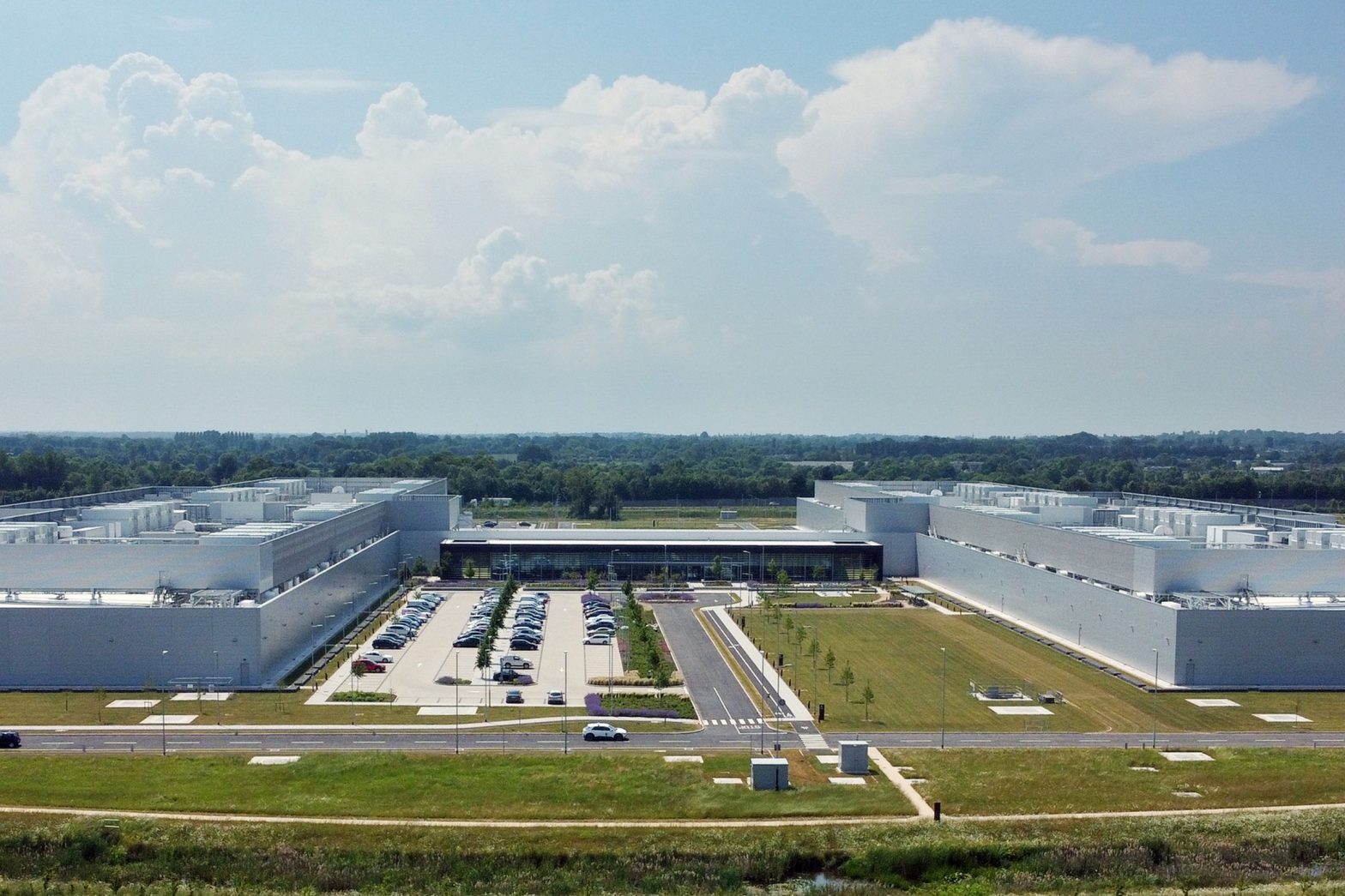/
Data centers’ electricity consumption is ballooning as cryptocurrencies and AI take hold, according to a new report from the International Energy Agency.
Share this story
:format(webp)/cdn.vox-cdn.com/uploads/chorus_asset/file/25245925/1258661059.jpg)
Data centers could gobble up twice as much electricity by 2026 thanks in large part to cryptocurrencies and artificial intelligence, according to a new report from the International Energy Agency (IEA).
We rely on data centers to store all our emails, photos, cat videos, and everything else floating around in the cloud. More and more, data centers are cropping up to mine Bitcoin and train AI.
That’s already triggered backlash over the environmental impact of cryptocurrencies and AI tools like ChatGPT, since all those data centers are responsible for greenhouse gas emissions tied to their electricity use. The world will need a lot more renewable energy to clean up pollution from power grids and satiate skyrocketing electricity demand from data centers at the same time.
Data centers, cryptocurrencies, and AI made up around 2 percent of global electricity demand in 2022, using 460TWh of electricity, according to the IEA’s annual electricity report released today. Crypto mining alone is estimated to account for nearly a quarter of that electricity consumption, burning through 110TWh in 2022.
By 2026, electricity consumption from data centers — including those used for cryptocurrencies and artificial intelligence — could rise up to 1,050TWh depending on the pace the technology develops. That growth is equivalent to adding an extra country’s worth of electricity demand; Sweden under a more modest scenario or Germany at the most.
The US has the most data centers today, with 33 percent of the world’s approximately 8,000 data centers. It’s also the country with the most Bitcoin mining. The IEA forecasts a “rapid pace” of growth for data center electricity consumption in the US over the next couple of years, rising from roughly 4 percent of US demand in 2022 to 6 percent by 2026. Expanding 5G networks and cloud-based services are other drivers of that growth.
:format(webp)/cdn.vox-cdn.com/uploads/chorus_asset/file/25245945/Screenshot_2024_01_24_at_10.33.49_AM.png)
Ireland, with one of the lowest corporate tax rates in the European Union, is expected to see a boom in new data centers. Its 82 data centers already accounted for 17 percent of the country’s electricity consumption in 2022. Another 54 are either under construction or recently approved to start building. By 2026, all those data centers could be responsible for nearly a third of the country’s annual electricity demand.
“The rapid expansion of the data centre sector and the elevated electricity demand can pose challenges for the electricity system,” the IEA report says. The risk isn’t unique to Ireland. In London, data center electricity demands have made it harder to develop more housing. Texas, a hub for Bitcoin mining in the US, has to grapple with new crypto mines (AKA data farms for crypto) adding pressure to its already aging and stressed out power grid.
Since data centers are basically warehouses for computers, 40 percent of their electricity demand comes from computing. Keeping all that equipment cool accounts for another 40 percent of demand, with other IT equipment making up the rest.
:format(webp)/cdn.vox-cdn.com/uploads/chorus_asset/file/25245947/Screenshot_2024_01_24_at_11.23.05_AM.png)
Adding AI into the mix increases data centers’ overall electricity demand. Google Search could use up to ten times more electricity in a scenario fully incorporating AI, the IEA report says. Similarly, it forecasts that the AI industry could burn through ten times as much electricity in 2026 as it did last year.
Electricity demand for cryptocurrencies is expected to jump by 40 percent by 2026. There have been some success stories with limiting crypto’s energy and environmental footprints. The Ethereum blockchain was able to slash its electricity use by more than 99 percent by switching to a much more energy-efficient method of validating blocks of new transactions. Even so, the Bitcoin network has refused to follow suit and is responsible for a majority of the carbon emissions stemming from crypto mining.
Fortunately, the IEA also forecast accelerated renewable energy growth across the world, overtaking coal to generate more than a third of the world’s electricity by 2025. That still doesn’t solve all the challenges new data centers bring. It’s arguably just as important to improve energy efficiency — say, by adopting high-efficiency cooling systems — since too much growth in electricity demand can outpace the rise in renewables.
